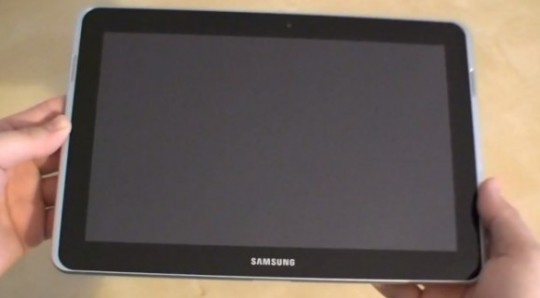Unless you’ve been living under a rock for the last 6 months, chances are you’re aware of the ongoing feud between Samsung and Apple. It all started with Apple filing a patent infringement suit against the Korean company for copying its product designs.
The lawsuits have turned out to be a nightmare for Samsung, as the company has been banned from selling its Galaxy tablet in multiple countries, including Germany and Australia. Apparently, Samsung could have avoided all of this with a few, simple design changes…
The Verge has gotten its hands on some legal briefs from Apple’s request to ban Samsung’s products, and the documents contain some pretty interesting details:
“One of Samsung’s arguments in its defense against the injunction is that Apple is trying to improperly cover various functional elements required in any modern smartphone or tablet device. Samsung is essentially saying that it had no other realistic design options available when it created devices like Samsung Galaxy S, Infuse, and Galaxy Tab 10.1.”
Apple disagrees, obviously, and listed several alternative design options that Samsung could have investigated. Here are a few of them, as noted by The Verge, that Apple recommended for Samsung’s smartphones:
- Front Surface that isn’t black.
- Overall shape that isn’t rectangular, or doesn’t have rounded corners.
- Display screens that aren’t centered on the front face and have substantial lateral borders.
- Non-horizontal speaker slots.
- Front surfaces with substantial adornment.
- No front bezel at all.
And as for Samsung’s tablets:
- Overall shape that isn’t rectangular, or doesn’t have rounded corners.
- Thick frames rather than a thin rim around the front surface.
- Front surface that isn’t entirely flat.
- Profiles that aren’t thin.
- Cluttered appearance.
Although you may not agree with Apple’s lawsuit binge, you have to admit that Samsung could have done a better job differentiating itself from the competition. And contrary to popular belief, Apple’s attempts to protect its intellectual property seem more likely to spur innovation rather than to block it.
